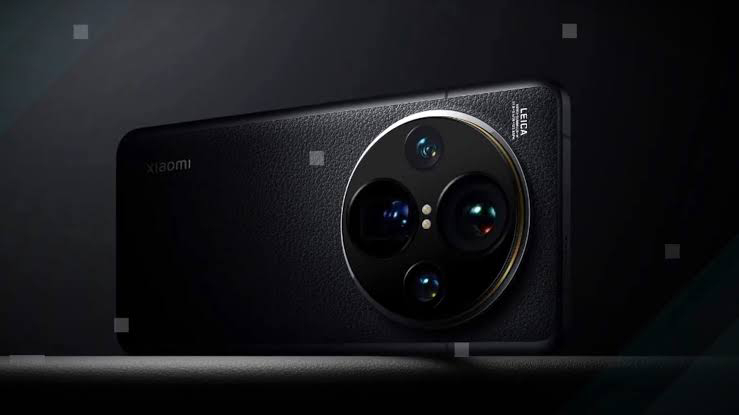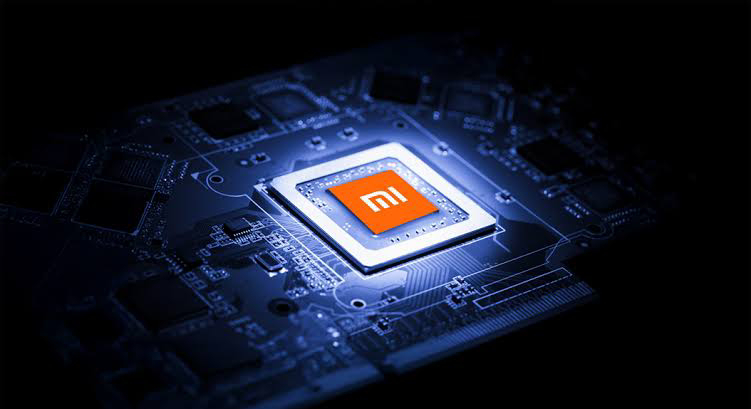Subscribe to Gadget Daily
Xiaomi 15 Ultra Features
Table of Contents
1. What is the Xiaomi 15 Ultra?
2. Xiaomi 15 Ultra Release Date
3. Xiaomi 15 Ultra Features
4. Xiaomi 15 Ultra Specifications
5. Xiaomi 14 Ultra vs. Xiaomi 15 Ultra
6. Xiaomi 15 Ultra Price
7. The Bottom Line
What is the Xiaomi 15 Ultra?
The Xiaomi 15 Ultra is an upcoming premium Android smartphone from the Chinese electronics manufacturer Xiaomi. This new device is positioned as a successor to the Xiaomi 14 Ultra, currently the most expensive model in the Xiaomi 14 lineup. With significant upgrades in performance, design, and features, the Xiaomi 15 Ultra aims to become Xiaomi’s flagship model for 2025, surpassing the 14 Ultra’s achievements.
---
Xiaomi 15 Ultra Release Date
Expected Release Date: January – February 2025
Based on Xiaomi’s past product launches, the Xiaomi 15 Ultra is expected to release between January and February 2025. The Xiaomi 14 Ultra was launched on February 22, 2024 in China, followed by a global release three days later.
According to recent IMEI listings, however, there is speculation that the Xiaomi 15 Ultra might arrive earlier, in January 2025. This prediction is based on the model numbers 25010PN30G and 25010PN30C, where "G" represents the global version, "C" the China version, and "2501" possibly indicating a January 2025 launch.
It is noteworthy that Xiaomi has not publicly confirmed its product launch plans yet. Also, Xiaomi phones are not available in the United States, and it is unlikely this will change with the 15 Ultra
Xiaomi 15 Ultra Features
© Camera Setup: Leica quad-camera system with a 200MP periscope telephoto lens and three additional sensors
Likely to feature Samsung’s HP3 sensor for 10x optical zoom
A 1-inch+ main sensor similar to the Xiaomi 14 Ultra, enhancing photo quality
Display:
6.8-inch, 2K 120Hz AMOLED screen supporting Quad HD+ resolution
Adaptive refresh rate for smooth scrolling and enhanced gaming performance
Fingerprint Sensor: Ultrasonic in-display fingerprint technology
Material Finishes: Expected to come in ceramic, fiberglass, and faux leather options
Charging Capabilities:
120W fast wired charging
100W fast wireless charging
Compared to the 14 Ultra's 90W wired and 80W wireless charging, these upgrades could allow full charging in under 20 minutes
Xiaomi 15 Ultra Specifications
Processor: Expected to be powered by Qualcomm’s Snapdragon 8 Gen 4 (or Snapdragon 8 Gen Elite)
Memory: Up to 24GB of RAM
Battery Capacity: Speculated to have a 6,200mAh battery, compared to the 5,000mAh battery in the 14 Ultra
Operating System: HyperOS 2.0 based on Android 15
Color Options: Only black and white have been mentioned so far
Xiaomi 15 Ultra Price
Estimated Launch Price: $1,600+
While Xiaomi has not announced pricing details for the 15 Ultra, the starting price is expected to be similar or higher than that of the Xiaomi 14 Ultra. The 14 Ultra launched in Europe at approximately $1,646, so the 15 Ultra might debut around $1,700 or more, given the rising cost of components, particularly high-end processors from Qualcomm.
The Bottom Line
The Xiaomi 15 Ultra is shaping up to be a worthy successor to the Xiaomi 14 Ultra, with several significant upgrades. If the rumors hold true, it could be the first smartphone to feature a camera sensor larger than 1 inch. The device is also expected to offer a 6,200mAh battery, addressing concerns around battery life.
In addition to an updated Snapdragon processor and improved fingerprint sensor technology, the Xiaomi 15 Ultra could attract users with premium material finishes. However, with the expected price hike, consumers will need to prepare for a higher price point.
For those seeking alternatives, the Samsung Galaxy S25 Ultra—which is likely to launch in the same period—could also be worth considering. As competition in the premium smartphone market intensifies, the Xiaomi 15 Ultra aims to set new benchmarks with its top-tier features and cutting-edge technology.








